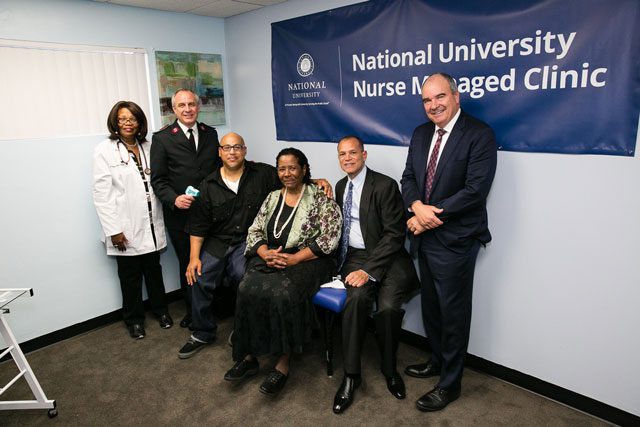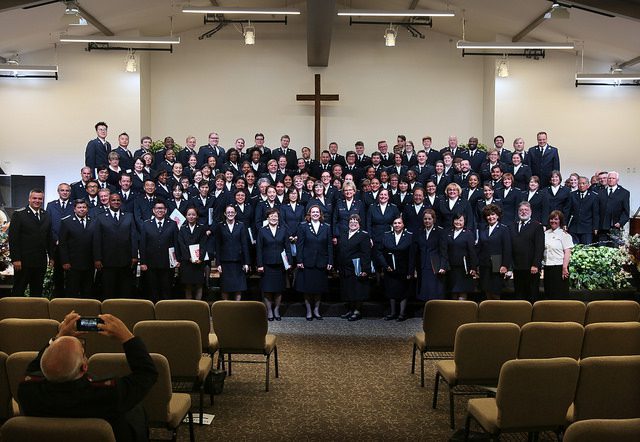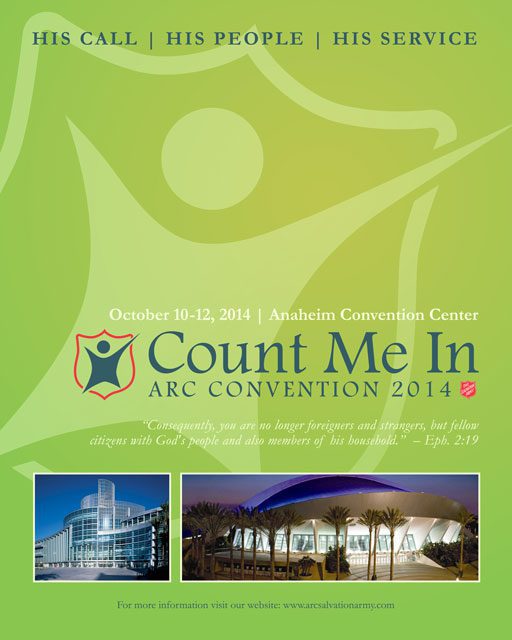By Dick Hagerty, Advisory board member
Toxic Charity is the title of a recently published book by Christian author Robert Lupton. In it, he decries the ways that well-meaning charities perform services, finding that these methods perpetuate cycles of poverty and do not encourage significant self-improvement.
Many of the methods that he finds objectionable are at the very heart of the social ministries of The Salvation Army. As I read and reread the book, I found myself often in full agreement with his premise, yet unsettled at the blanket indictments that he issues against the ways the Army ministers to the poorest of the poor.
We recently had similar criticism from the local United Way allocation committee. They met with our board and told us that the results of a community survey indicated their supporters were not interested in supporting charity work that encourages cycles of poverty. But their survey also indicated that The Salvation Army was far and away the favorite local charity among their responding membership.
Sobering, paradoxical, puzzling…yes, all of that and more, because truly the Army is the hand that reaches out to the poorest of the poor, who just happened to be Jesus’ favorite people.
I think this dilemma should force us to focus even more critically on what we do and how we do it. The new mantra in high-level charitable giving centers on “strategic giving and measurable results.” Super-investors Bill Gates and Warren Buffett are outspoken in their challenge to major donors: “Be strategic, support those charities which efficiently strategize and execute their vision! Work toward real solutions!”
Let’s admit right up front that the Army is always the “safety net” of all charities. That is, when the unfortunate have fallen through all the levels of help and support offered by government programs and other charities, the Army is there at the very bottom of the societal levels to embrace and assist those less fortunate folks.
Moving beyond this safety net concept, it is important that our local advisory groups work alongside our officers to meet the challenge of thinking strategically, and to foster efforts that do indeed bring hope and optimism to those who had seemed hopelessly down and out.
The first and best example of strategic rebuilding of lives surely comes through the adult rehabilitation center (ARC) programs. We take men and women with shattered, compromised, meaningless, dependent lives, and in six months a new person emerges from the completion ceremony. These ceremonies are some of the most gratifying moments one will ever experience, especially for those of us who serve on ARC councils and/or refer friends or loved ones to these restoration programs.
We have a downtown “homeless shelter” where we house more than 100 street people each night during the six months of winter. On the other side of the building, we have housing for transitional and V.A. beneficiaries. Through the efforts of our counselors we are able to find work, permanent housing and new lives for these former street people.
Recently, we hired a full-time dental professional to run our various free clinics and to provide dental assistance for the poor—one of the huge gaps in the local welfare program.
Our Red Shield Center is not merely a safe place for kids to come and play games. We promote after-hours learning programs involving computers, tutors, literacy materials and a wealth of ways to stimulate the lives of these children from our less advantaged neighborhoods.
At the main corps facility we have a team of counselors that works tirelessly with those who drop in from the street. They give aid and advice on subjects as diverse as insurance, social security benefits, income tax assistance, marriage and spiritual counsel and many more services relevant to those who have no access to paid professional help.
Yes, we give great attention to those services that only maintain a difficult lifestyle. But we constantly review our programs to see how we can give new life, hope and joy to those less fortunate than us.
Contact Dick at rghagerty@aol.com.













